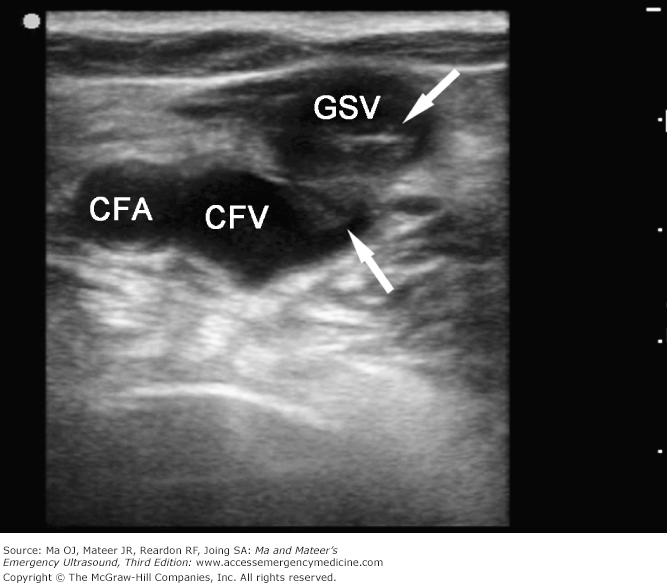[ad_1]
By Jenifer Leaf Jaeger, MD, MPH
Public health leaders are in the midst of their greatest centurial challenge: how to effectively vaccinate, track, and report the administration of COVID-19 vaccines to more than 300 million US citizens. Inadequacies in the public health system and infrastructure have been made abundantly clear these past several months amid vaccination distribution and administrative challenges. Vaccine hesitancy within African American communities remains widespread. And undocumented residents are fearful to register with public health authorities. Despite this confluence of communication, coordination, and logistical issues, one community’s efforts to protect and improve public health shines through.
Prince George’s County, Maryland, a community of approximately 960,000 people just east of Washington, DC, has worked diligently since 2015 to bridge the healthcare divide among their wealthy minority-majority neighborhoods, large immigrant groups, rural regions, and below-poverty-level populations. By coming together in a communitywide effort before and during the pandemic, the Prince George’s County Health Department and the Prince George’s Health Alliance reduced hospital visits per patient, lowered hospital charges per patient, and delivered COVID-19 vaccinations. This article explores their lessons learned and practical advice for public health success.
Building a Community Foundation
Prince George’s County Health Department recognized a preponderance of health disparities across their region nearly a decade ago. Neighborhoods with suboptimal health outcomes were analyzed and found to lack sufficient access to primary care. What started as an initiative to increase primary care access has burgeoned into a full-fledged population health model incorporating dozens of successful community care outreach programs and services.
Multipronged interventions ensure citizens are connected to a medical home and receive the support they need to resolve social determinant of health (SDOH) concerns such as food insecurity, local transportation, and access to care. People are transitioned out of homelessness through collaboration between the health department, the health alliance, and physician practices. As new challenges due to COVID-19 emerged, the two organizations created a coordinated and comprehensive COVID Care Program.
The COVID Care Program began in June of 2020 and has served thousands of Prince George’s county residents through home delivery of disinfectant wipes, masks, hand sanitizer, food, pulse oximeters, and thermometers. COVID-19 education, attention to underserved chronic conditions, and immunization clinics are also part of the communitywide program.
According to leadership at the Prince George’s Healthcare Alliance, the four foundational components of the county’s successful collaboration are:
- Implementation and shared use of a centralized population health technology platform
- Collaborative patient assessments, education, and interventions
- Full SDOH assessments on every patient and outreach to connect patients with community services
- New care coordination and communication services to support the region’s COVID-19 response
Implementation of a centralized population health platform that provides a communitywide view into the health needs of all individuals—whether they have a plethora of care needs or just one—was Prince George’s first step.
Role of Centralized Population Health Technology
The mission of public health is to serve an entire population. Public health and healthcare alike require access to accurate, timely, and up-to-date information to properly analyze situations, make decisions, and allocate community resources. However, most public health systems are not connected to health and hospital systems, other governmental agencies, or community-based resources. Disparate and siloed information hinder a community’s ability to coordinate care and assign social services.
A shared, centralized population health management (PHM) platform remedies these concerns and puts every stakeholder on the same page regarding a patient’s chronic care condition and immediate SDOH concerns. Prince George’s County Health Department began this journey by obtaining grant funding for a population health and care management platform in 2015. The system’s reach and capabilities have continued to expand over the years to incorporate true enterprise wide access and a shared longitudinal patient health record. During COVID-19, these shared communications became even more critical.
Interventions and Education Expand With COVID-19
New care coordination needs emerged during the COVID-19 pandemic. The health department and health alliance first focused on individuals with risk factors and SDOH barriers determined to impact potential COVID-19 outcomes. This included patients with chronic care conditions, food insecurity, and transportation challenges as identified within the community-side PHM system. Dedicated teams of community-based social workers were assigned, and outreach began.
As the pandemic’s focus now shifts to include vaccinations, these same teams of social workers continue to educate and coordinate care. A dedicated registration webpage is available, vaccination clinics are in place, and vaccine administration data is documented within the communitywide PHM and care coordination platform.
Lessons in Public Health Leadership from Prince George’s County
Strong public health leadership requires four essential components for effective infection control and risk reduction: exceptional communication, broad partnership, community trust, and health IT infrastructure.
One key to Prince George’s success during COVID-19 has been the use of a communitywide health IT infrastructure before the crisis emerged. Armed with population health data, the county was able to work together and develop an immediate pandemic response program to curb the spread. Even after this pandemic has resolved, public health agencies must continue to work together to build upon their health IT infrastructures and expand care coordination—ranging from private practice physicians to regional health systems.
Socioeconomic, environmental, and behavioral factors are estimated to account for 80 percent of the measurable determinants impacting health outcomes. Therefore, it is imperative that SDOH assessments and shared data are inherent to all public health programs. Utilizing these data, targeted interventions can be developed for those at highest risk with the most efficient use of resources. Prince George’s County reduced average hospital visits from 3.55 to 2.05 per patient by using this stepwise approach.
Partnerships with primary care physicians are another integral component of effective public health interventions. Primary care physicians are a frequent source of referrals into public health programs, assist in closing gaps in care, and generate essential data for the patient’s electronic health record. The literature shows that increased funding of primary care within underserved communities results in improved health outcomes and better met social needs.
Finally, exceptional community care requires engaging all stakeholders in the common mission to serve the entire population through partnership and cooperation. Organizations must come together as a collective to break down barriers and abandon vested interests. Develop data standards, exchange information, and keep pushing for better health across the whole community. A communitywide approach is the best practice for effective public health.
Jenifer Leaf Jaeger is the senior medical director at HealthEC.
Leave a comment
[ad_2]










